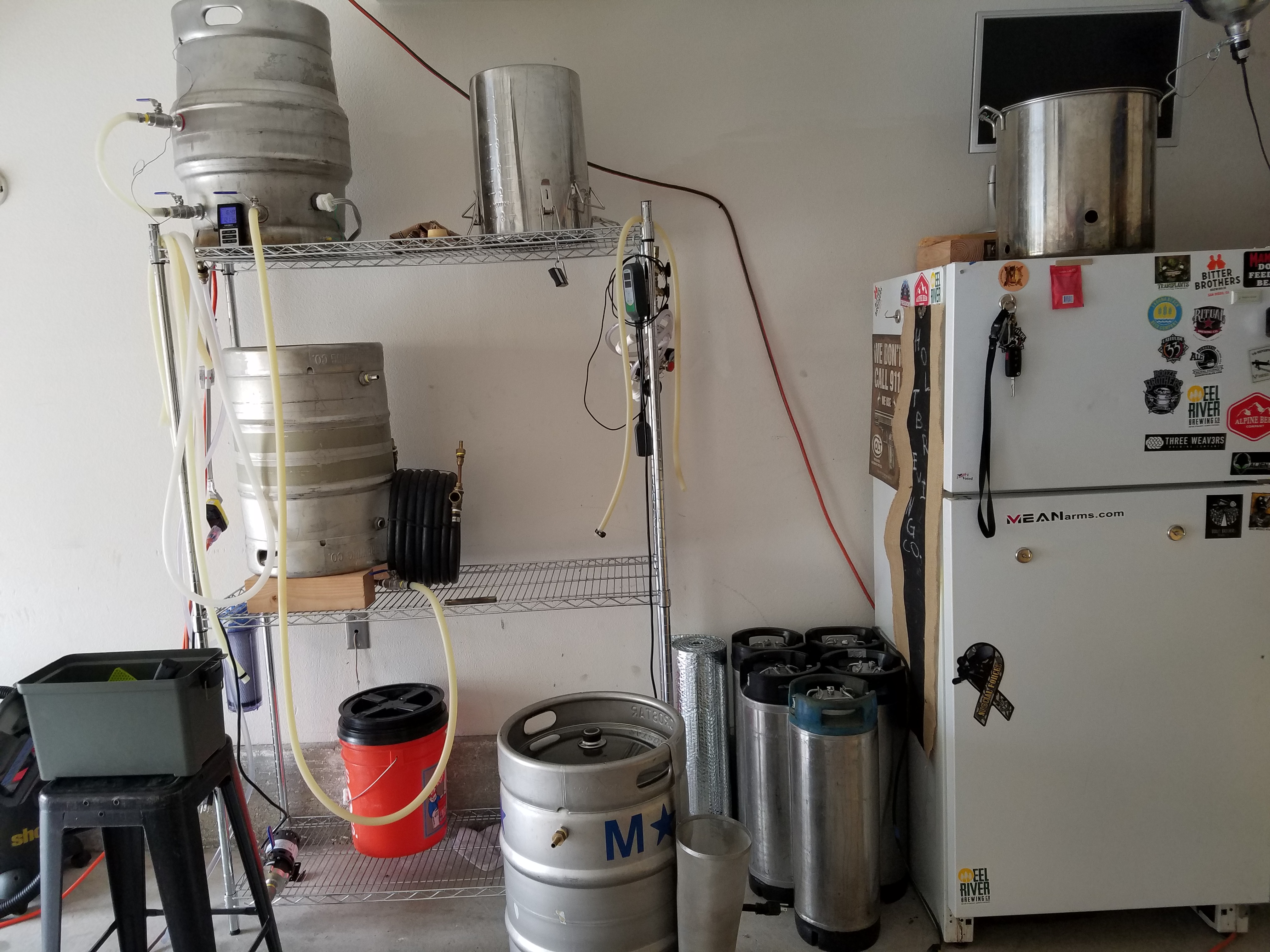springinloose1
Well-Known Member
- Joined
- Mar 12, 2013
- Messages
- 79
- Reaction score
- 30
Hi all!
I'm looking to upgrade the good old reliable 10 gallon Home Depot plastic cooler to a stainless steel mash tun. I've got about 50 batches in and the plastic inside is pretty warped, plus I think I just want something new and shiny. My question is: What are your experiences with stainless insulated designs vs. uninsulated and the pro's and con's? I'm reading rave reviews on the insulated designs doing a great job holding temps but you can't apply heat to them. Which brings me to the uninsulated designs. I'd like to be able to control temps but I'm used to the cooler and being able nail temps with it isn't an issue. Obviously with the cooler I can't mash out and if for some reason I'm short on temps it'd be nice to fire up the burner and rock it up a few degrees here and there. Plus, I super like the idea of being able to unlock both Beta and Alpha by starting the mash in the mid to high 140's, go up to mash temp and hold, then up to mash out. So would you recommend going with what I know, figuring out the heat loss, adjust temps like I've been doing and go insulated, or would you recommend uninsulated and control temps with heat? Propane sucks and I haven't hooked up my natural gas line in the garage for brewing yet but I installed a heater I can splice into. Figured I'd toss that info in there as well.
Cheers!
Adam D.
I'm looking to upgrade the good old reliable 10 gallon Home Depot plastic cooler to a stainless steel mash tun. I've got about 50 batches in and the plastic inside is pretty warped, plus I think I just want something new and shiny. My question is: What are your experiences with stainless insulated designs vs. uninsulated and the pro's and con's? I'm reading rave reviews on the insulated designs doing a great job holding temps but you can't apply heat to them. Which brings me to the uninsulated designs. I'd like to be able to control temps but I'm used to the cooler and being able nail temps with it isn't an issue. Obviously with the cooler I can't mash out and if for some reason I'm short on temps it'd be nice to fire up the burner and rock it up a few degrees here and there. Plus, I super like the idea of being able to unlock both Beta and Alpha by starting the mash in the mid to high 140's, go up to mash temp and hold, then up to mash out. So would you recommend going with what I know, figuring out the heat loss, adjust temps like I've been doing and go insulated, or would you recommend uninsulated and control temps with heat? Propane sucks and I haven't hooked up my natural gas line in the garage for brewing yet but I installed a heater I can splice into. Figured I'd toss that info in there as well.
Cheers!
Adam D.









































![Craft A Brew - Safale S-04 Dry Yeast - Fermentis - English Ale Dry Yeast - For English and American Ales and Hard Apple Ciders - Ingredients for Home Brewing - Beer Making Supplies - [1 Pack]](https://m.media-amazon.com/images/I/41fVGNh6JfL._SL500_.jpg)

















